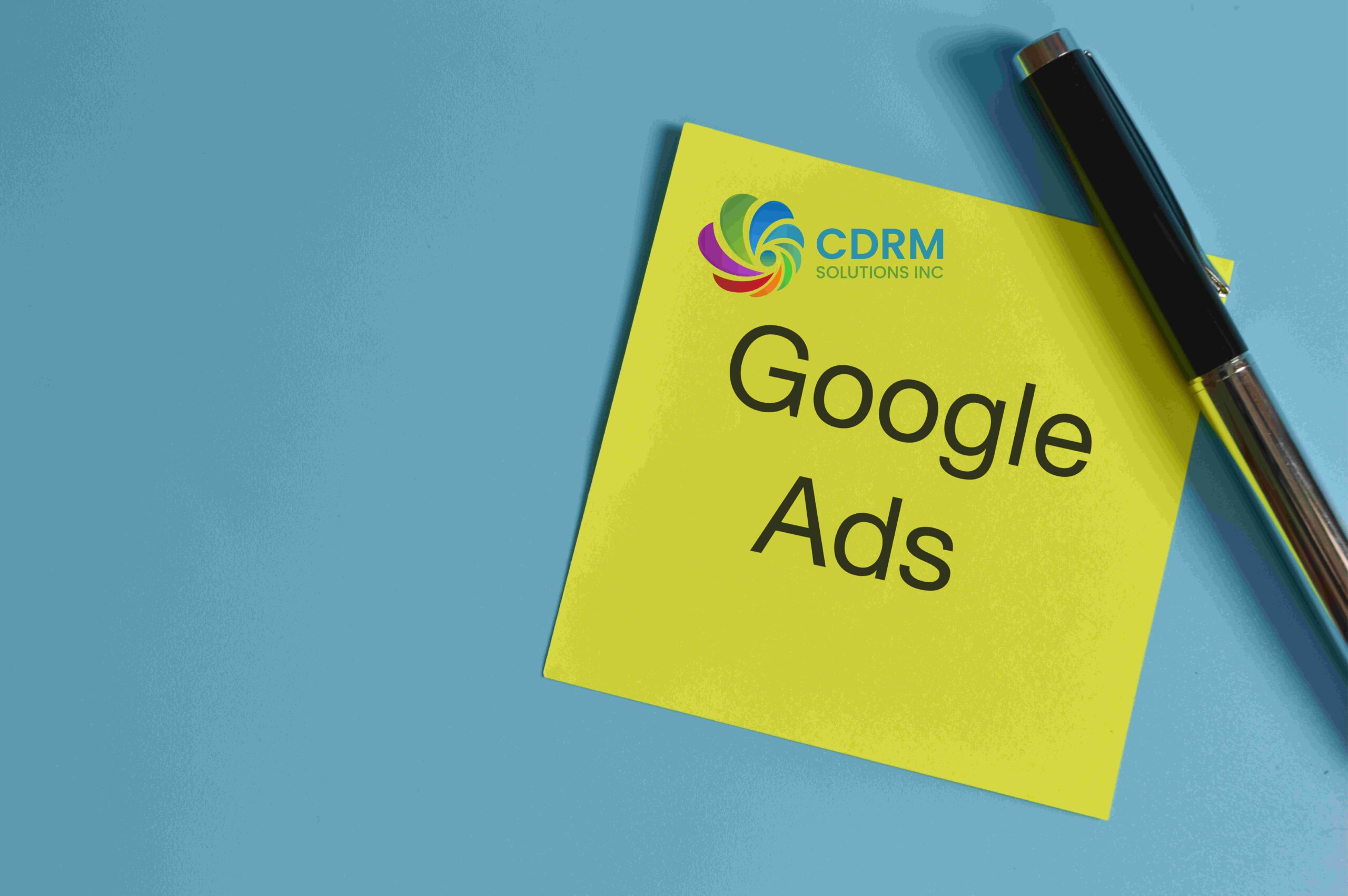Google AdWords may be one of the most effective tools in any business’ arsenal. These pay-per-click ads can drive traffic to your website and get lots of new leads and customers, but they’re often an easy money pit if you don’t know what you’re doing. In this article, we’ll explain how to get more leads with Google Ads by improving your copy, fine-tuning your ad targeting, and ensuring your ads are as relevant as possible to potential customers.
The Basics
Google Ads is an effective way to generate leads for your business. To succeed, you need to understand how the system works and how to create effective ads. Here are the basics:
- Google Ads is an auction-based system, meaning that businesses compete against each other for ad space. The amount you pay for your ad is on how much you’re willing to bid and how relevant your ad is to the user.
- You can target your ads in several ways, including by location, language, device, and even time of day.
- You can also choose what type of ad you want to run: text, image, or video.
Understand your Bidding Strategy
Before creating a successful Google Ads campaign, you need to understand how the bidding process works. There are four main types of bidding strategies: cost-per-click (CPC), cost-per-thousand impressions (CPM), cost per acquisition (CPA), and cost per conversion (CPC). Each has advantages and disadvantages, so choosing the right one for your business is essential.
Tools to Help
First, set up conversion tracking in your Google Ads account. It will allow you to track how many people are taking the desired action on your website after clicking on your ad.
Once you have conversion tracking, you can enable bid optimization. It allows Google to adjust your bids based on what they believe is most likely to result in a conversion.
You can also manually adjust your bids for each keyword. To do this, go to the Keywords tab and click on the column header for Max CPC. From there, you can enter a new bid amount for each keyword.
Finally, ensure that your ads are relevant to your target keywords.
The Power of Negative Keywords
You’re probably familiar with how important keywords are for your Google Ads campaigns. But did you know that negative keywords can be just as powerful? By adding negative keywords to your campaigns, you can ensure that your ads don’t appear for searches that aren’t relevant to your business. It can help you save money and get more leads from your Google Ads campaigns. Here’s how to add negative keywords to your campaigns 1) Open the campaign in AdWords Editor.
2) Click on negative keywords
3) Select the negatives words or phrases you want to exclude
4) Add those negative words or phrases by clicking on add. Negative keywords will appear in a list at the bottom of the screen. Now, click on save and finish to close out of this screen.
5) If you have any other queries about negative keywords, feel free to reach out!
Things To Keep In Mind When Setting Up a New Campaign
- Define your goals for the campaign. What do you want to achieve? More leads, more sales, or something else?
- Choose the correct type of campaign for your goals. There are three main types of campaigns: brand awareness, lead generation, and sales.
- Set a budget for your campaign. How much are you willing to spend per day or week?
- Write compelling ad copy that speaks to your target audience and tells them what they need to know about your product or service.
- Choose the right keywords for your ads. Targeted keywords will help ensure that your ad is shown to people interested in what you’re selling.
- Set up tracking so you can measure the success of your campaign.
Set up Conversion Tracking and Bid Optimization (if you want to)
You can’t improve what you don’t measure, so the first step is to set up conversion tracking in your Google Ads account. It will give you insights into how many people see and click on your ads and how many clicks result in conversions. Next, we want to ensure that we bid as aggressively as possible for our most important keywords. The second-best strategy is often the best. That means that if we have two keywords that generate an equal number of impressions, but one has a lower cost per click (CPC), then it’s better for us to bid higher on the keyword with a lower CPC because it’s going to be cheaper overall. We can do this by setting bids by keyword and including negative keywords – this allows us to optimize each ad group separately and create granular proposals based on location, date range, or device type if needed.
Troubleshooting Common Problems
If your Google Ads campaign isn’t performing as well as you’d like, there are a few common problems that could be to blame. Maybe your ads are irrelevant to your target audience, or you’re not targeting the right keywords. It could also be that your ad copy is not compelling. Whatever the case, troubleshooting your campaign can help you get back on track.
Here are some common problems and how to fix them A) My ads are not relevant to my target audience
– Ensure your ad text is targeted highly to a specific niche market. Include search terms in the description so people with similar interests will see them when searching for products or services.
– Be careful about using broad phrases like buying anything because it won’t generate much traffic for your business if someone wants something specific like car insurance.
– Try adding negative keywords to your campaign to exclude traffic from people who don’t want what you have to offer (like if you run an e-commerce store selling pet food and someone has purchased dog food).
For More info Reach CDRM Solutions Vancouver , Social Media Marketing Agency Vancouver


